Minolta α Sweet Digital
My ask on digital cameras is simple. Unlike film cameras, digital cameras are supposed to deliver with ease on any situation.
Highlight shouldn't be blown out. Shadow should be clearly visible. Color has to be pleasant. Sharpness should be razor sharp. Focus should be swift and on spot...
Am I asking too much from a modern digital camera such as Fujifilm XT-20 with the first party Fujinon XF 18-55mm lens? I don't think so.
However when it comes to a 16-year old digital camera, Minolta Alpha Sweet Digital requires more work on the photographer side.
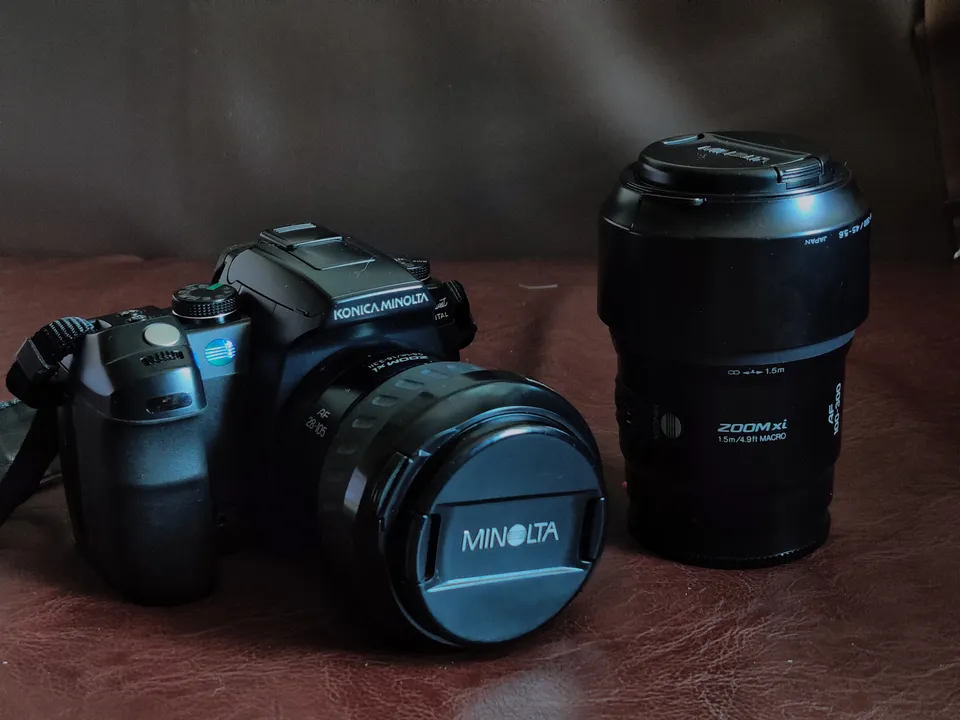
I learned about this camera when I was casually looking at the AF lenses that Minolta produced around the turn of the century, which happened to be the heydays of digital camera as well.
Back then it was CCD sensors instead of CMOS. Back then, 6 megapixels is considered standard while nowadays even phone camera sensor would casually shoot at 50 megapixels.
With inflated expectations I bought 2 copies of Minolta Alpha Sweet Digital with a set of lenses to cover a wide range of focal lengths.
- Minolta AF 28-105mm f/3.5-4.5 (Minolta AF)
- Minolta AF 28-105mm xi f/3.5-4.5 (Minolta AF)
- Minolta AF 100-300mm xi f/4.5-5.6 (Minolta AF)
- Sigma AF 24mm Super Wide II f/2.8 (Minolta AF)
- Konica Minolta DT AF 18-70mm f/3.5-5.6 (Minolta AF)
But why Alpha Sweet Digital
I routine make mistake in my purchases. Perhaps I wanted to see if an apparently bad deal is exactly as bad as it appears. In this case, yes it's a bad deal.
There were 2 motivations to acquire Alpha Sweet Digital:
- Acquire a wide range of focal lengths for most situations cheaply
- See whether CCD sensor is superior to CMOS as some claimed
Minolta/Sony AF kit lenses are dirt cheap and covers the wide-standard-tele range pretty nicely.
As for the body, I could have gone for a better Sony alpha body with more megapixels. One of my GAS pitfalls is once I've set my eye on a particular gear after reading some superfluous review online, I could hardly look away.
Anyway, what's done is done. How well did Alpha Sweet Digital deliver?
Experimenting on focal lengths
The cheap Minolta AF lenses are for trying out different focal lengths before I go on and purchase some overpriced modern equivalents for my Fujifilm XT-20.
Going on several different photowalks, I was able to figure out the focal lengths I use the most.
Sigma 24mm f/2.8 was sparsely used, maybe 10% of time. For landscape photography a wide angle lens may be a good idea, but the 28mm side of a kit lens can easily cover this.
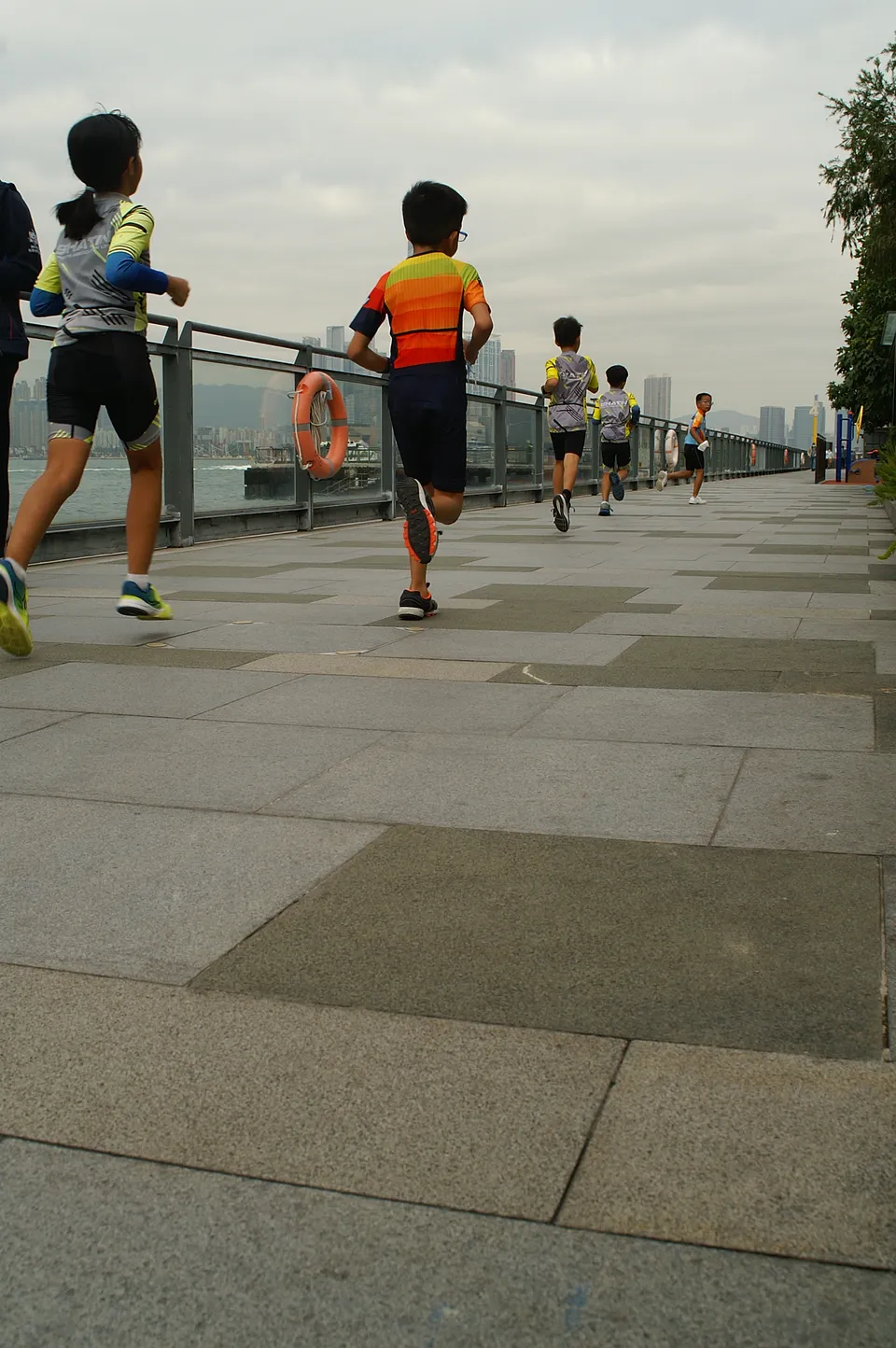
Minolta AF 28-105mm is probably the most versatile and most used range. From wide to standard, to slightly touching the tele side at 105mm (157.5mm full-frame equivalent), the lens packs both reasonable quality (despite falling way~off at 105mm end) and portability.
The problem with 105mm side is with the terrible softness in bright scene. The lens was originally designed for film camera instead of digital camera. It's almost unusable against strong light. With exposure compensation this may be slightly better, but does it worth the extra effort?
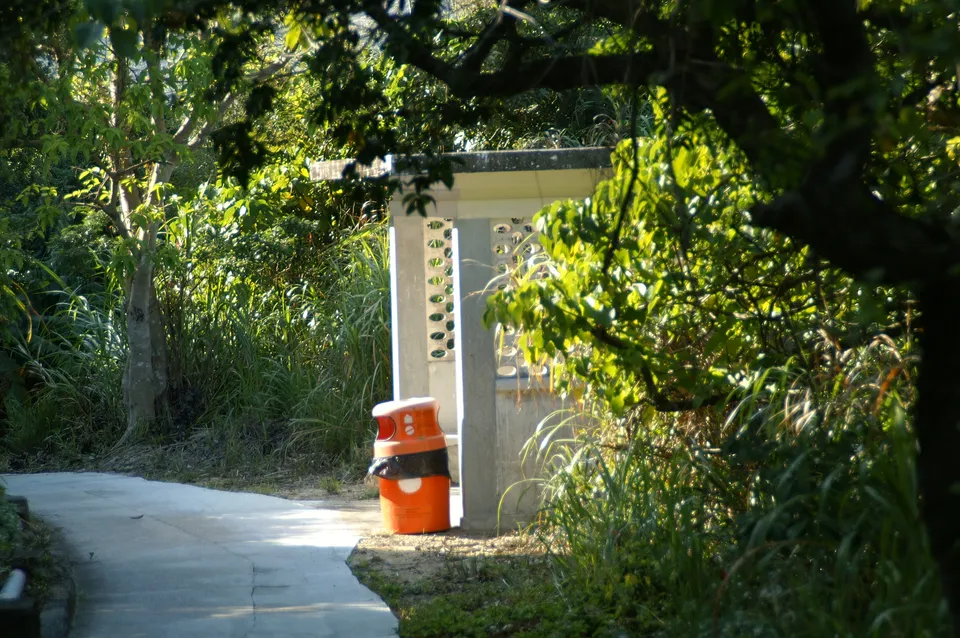
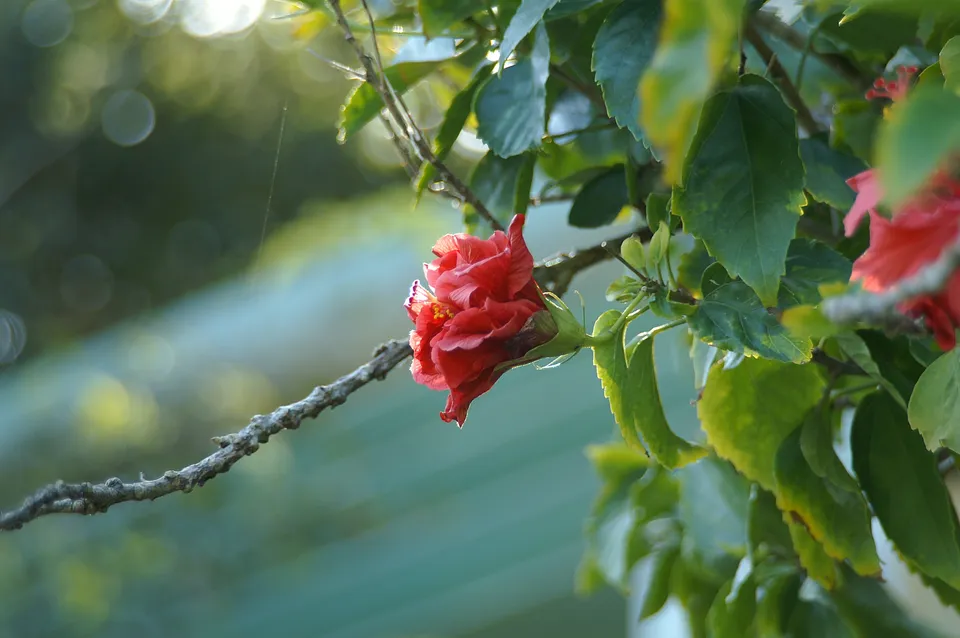
My tripod was royally broken on the graduation photo shoot for my sister. And I haven't made up my mind on which replacement to buy.
Minolta AF 100-300mm however definitely requires a tripod to operate. Despite Alpha Sweet Digital offers anti-shake on sensor side, the anti-shake still demand a human tripod on the photographer side. Shooting handheld on cloudy day usually result in blurred or out of focus image on the street. 100mm (150mm FF equivalent) side is fine but anything beyond 150mm (225mm FF equivalent) is a challenge.

One thing that I haven't tried is the 18-70mm DT lens, apparently designed specifically for digital cameras. Focal length-wise it's good enough for most purposes. It may have fixed some issue with softness on the wide side of the apreture and far end of the focal lengths. Perhaps the chromatic aberration at 70mm side as well. I have yet to try it though.
How well does CCD perform
Not well.
I am not particularly against CCD in general, but this is 16-year old tech. While it's able to produce pleasant color, a lot of work have to be put in to make that shot, mostly by fiddling with exposure compensation, metering strategy, contrast and white balance.
Modern cameras such as Fujifilm XT-20 is able to tolerate vastly different lighting scenarios without changing any setting. Maybe stepping up or down the exposure compensation, but otherwise, the machine is able to reliably deliver.
Whereas on Alpha Sweet Digital, a previous shot that works perfectly well may not work the next time when there's a change in lighting condition. The biggest issue is the camera doesn't mind blowing out part of the scene. Unlike a mirrorless camera that knows exactly how the histogram looks like at any point, DSLR relies only on separate electronics to meter the scene, so both the camera and the photographer won't know when highlight is blowing out.
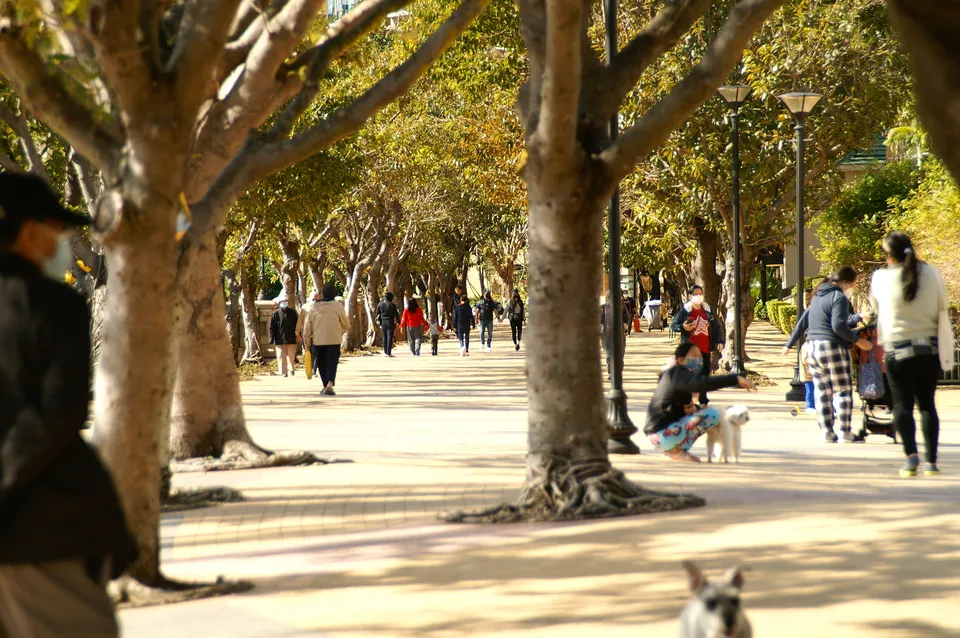
White balance also. The camera has an automatic white balance that look too blue most of the time. On a sunny day switching white balance to sunlight mode or hard-code it to 6300K is required. I don't have to worry about white balance on Fujifilm XT-20.
One of the biggest enemy to the photographer is the 2.5" TFT LCD screen. Now a shot that looks totally fine on the camera's screen actually is underexposed by maybe 1/3 of a stop when seen on a modern monitor. Having to deal with the camera's misleading preview plus faulty metering at the same time is difficult.
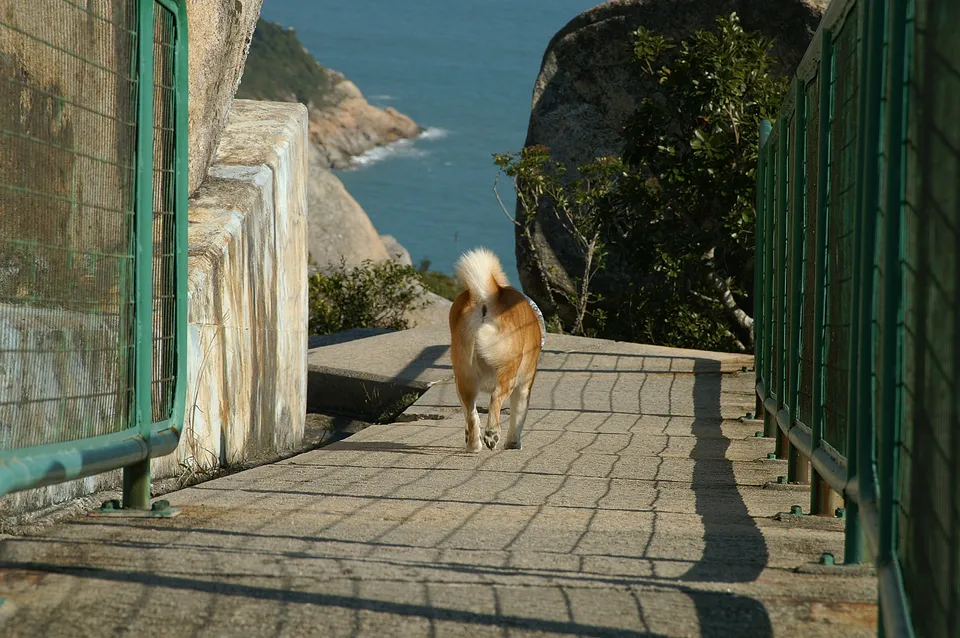
I admit it did get better with more use, but the lost opportunities due to cameras inability to meter properly has discouraged me so much that shooting on Minolta film camera bodies felt like a better idea.
So no, CCD isn't superior to CMOS when there's a wide generation gap. I will be happy to shoot some more static scenes to allow for trial and error on this camera.

I am aware that a lot of my criticisms are around the camera's image processing capability and not on the sensor. However, even if this CCD is inherently better than modern CMOS, the gap in image quailty and usability isn't getting any narrower because Alpha Sweet Digital isn't able to turn this around to its favor.
A 16 year gap is too much for many things in the digital age.
What're the takeaways?
I hope this big letdown would finally put an end to my GAS, as with Olympus 35RC and 35DC, where I tried to get something I don't really really want, and end up being disappointed.
When your needs and desires are not in line with each other, you will end up getting what you did not want.
— Simone Salis
The 100+mm focal length is good for shooting photos of my dog out in the wild, whereas my 18-55mm suffices for normal travel photography.
Good lens are expensive, but they are good. Pay extra to save from any letdown. Eventually I'll need to buy a proper one anyway. Buy cheap, buy twice.
I guess it took 3-4 times of being letdown before I settle on the fact buying gears not knowing what I want and having ungrounded expectations that somehow a bad camera will end up good are very good ways to waste money and opportunity for something truly good.
